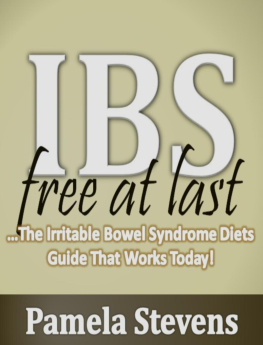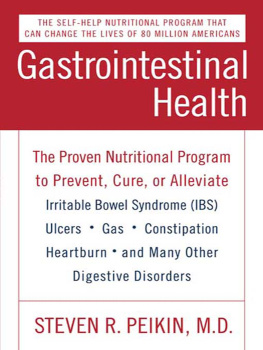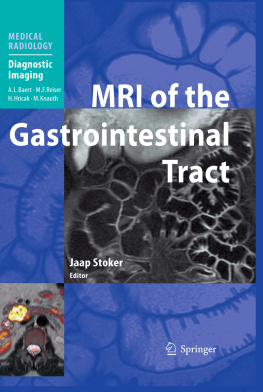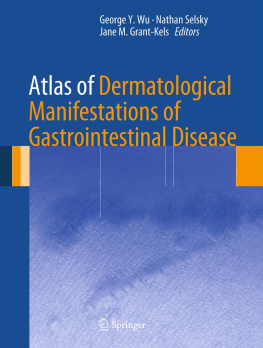Table of Contents
List of tables
- Tables in Chapter 1
- Tables in Chapter 2
- Tables in Chapter 4
- Tables in Chapter 5
- Tables in Chapter 6
- Tables in Chapter 7
- Tables in Chapter 8
- Tables in Chapter 9
- Tables in Chapter 10
- Tables in Chapter 12
- Tables in Chapter 13
- Tables in Chapter 14
- Tables in Chapter 15
- Tables in Chapter 16
- Tables in Chapter 17
- Tables in Chapter 18
- Tables in Chapter 19
- Tables in Chapter 20
- Tables in Chapter 21
- Tables in Chapter 22
- Tables in Chapter 23
- Tables in Chapter 24
- Tables in Chapter 25
- Tables in Chapter 26
- Tables in Chapter 27
- Tables in Chapter 28
- Tables in Chapter 29
- Tables in Chapter 30
- Tables in Chapter 31
- Tables in Chapter 32
- Tables in Chapter 34
- Tables in Chapter 35
- Tables in Chapter 36
- Tables in Chapter 37
- Tables in Chapter 38
- Tables in Chapter 39
- Tables in Chapter 40
- Tables in Chapter 41
- Tables in Chapter 42
- Tables in Chapter 43
- Tables in Chapter 44
- Tables in Chapter 46
- Tables in Chapter 47
- Tables in Chapter 48
- Tables in Chapter 49
- Tables in Chapter 51
- Tables in Chapter 52
- Tables in Chapter 53
- Tables in Chapter 54
- Tables in Chapter 55
List of figures
- Figures in Chapter 1
- Figures in Chapter 2
- Figures in Chapter 3
- Figures in Chapter 4
- Figures in Chapter 5
- Figures in Chapter 6
- Figures in Chapter 7
- Figures in Chapter 8
- Figures in Chapter 9
- Figures in Chapter 10
- Figures in Chapter 11
- Figures in Chapter 12
- Figures in Chapter 13
- Figures in Chapter 14
- Figures in Chapter 15
- Figures in Chapter 16
- Figures in Chapter 17
- Figures in Chapter 18
- Figures in Chapter 19
- Figures in Chapter 20
- Figures in Chapter 21
- Figures in Chapter 22
- Figures in Chapter 23
- Figures in Chapter 24
- Figures in Chapter 25
- Figures in Chapter 26
- Figures in Chapter 27
- Figures in Chapter 28
- Figures in Chapter 29
- Figures in Chapter 30
- Figures in Chapter 31
- Figures in Chapter 32
- Figures in Chapter 33
- Figures in Chapter 34
- Figures in Chapter 35
- Figures in Chapter 36
- Figures in Chapter 37
- Figures in Chapter 38
- Figures in Chapter 39
- Figures in Chapter 40
- Figures in Chapter 41
- Figures in Chapter 42
- Figures in Chapter 43
- Figures in Chapter 44
- Figures in Chapter 45
- Figures in Chapter 46
- Figures in Chapter 47
- Figures in Chapter 48
- Figures in Chapter 49
- Figures in Chapter 50
- Figures in Chapter 51
- Figures in Chapter 52
- Figures in Chapter 53
- Figures in Chapter 54
- Figures in Chapter 55
Landmarks
Acknowledgments
As in previous editions, many individuals, both medical and nonmedical, contributed to the production of this textbook. We are most appreciative of all the technical, administrative, and support staff involved, but particularly Kendra Glueck-Abramson and Kathleen Ranney of the Brigham and Women's Hospital and Cleveland Clinic, respectively. We would like to thank our fellows Cheryl Adackapara and Kyle Viani of the Brigham and Women's Hospital and Drs. Homer Wiland, Kathryn Brown, and Lili Lee of the Cleveland Clinic for their diligent proofreading of the chapters. We would also like to thank Jonathan Alpert for his advice regarding the style of the book cover.
Professionally, I will always be greatly indebted to my longtime friends and mentors, Dr. Donald Antonioli and Dr. Harvey Goldman, for their lifelong support, teaching, and guidance both in my personal life and particularly in gastrointestinal pathology. Dr. Goldblum would like to acknowledge his lifelong mentor in gastrointestinal pathology, Dr. Henry Appelman. We would also like to thank Dr. James Crawford for his efforts in writing and editing several of the chapters related to liver pathology. Finally, we would like to thank all of the authors of the third edition for providing state-of-the-art, comprehensive discussions related to their fields of interest, and for their patience required to labor through the long and sometimes cumbersome editorial process.
Robert D. Odze MD, FRCP(C)
John R. Goldblum MD
Chapter 1
Gastrointestinal Tract Endoscopic and Tissue Processing Techniques and Normal Histology
Douglas G. Adler
Francis A. Farraye
James M. Crawford
Chapter Outline
Introduction
Endoscopy provides a unique opportunity to visualize the mucosal surface of the gastrointestinal (GI) tract as well as a variety of extraluminal and extraintestinal organs and structures. When considered within the context of a specific clinical picture, endoscopic images may be all that is needed to establish a specific diagnosis or provide sound clinical management. However, endoscopists often need to sample tissue. Examination by a qualified pathologist of specimens obtained at endoscopy is a routine and critical part of managing disorders of the alimentary tract. The purpose of this chapter is to orient the pathologist to the clinical and technical considerations unique to specimens obtained endoscopically from the alimentary tract. This is followed by a discussion of the normal anatomy of the tubal gut.
Bowel Preparation
The effectiveness of endoscopy often depends on the quality of the bowel preparation.
Table 1.1
Common Preparation Methods for Colonoscopy
48-hr clear liquid diet, 240-mL magnesium citrate PO, senna derivative laxative 48-hr clear liquid diet, senna derivative laxative, rectal enema 24-hr clear liquid diet, 240 mL magnesium citrate PO, or 4 L PEG-electrolyte lavage 24-hr clear liquid diet, 2 L PEG-electrolyte lavage, cascara-based laxative 24-hr clear liquid diet, 2 L sodium phosphate electrolyte lavage |

PEG , Polyethylene glycol; PO , per os (by mouth).
Purgative- and laxative-based regimens are more likely to cause flattening of surface epithelial cells, goblet cell depletion, lamina propria edema, mucosal inflammation, and increased crypt cell proliferation, although these effects occur infrequently. Osmotic electrolyte solutions, such as PEG-based solutions, are better agents for preserving mucosal histology.
Methods for Obtaining Tissue Specimens
There are a limited number of methods available for obtaining tissue via GI endoscopy. This section describes several of these methods and the common situations in which they are used.
Endoscopic Pinch Biopsy
Pinch biopsy, performed with the use of a biopsy forceps during endoscopy, is the most common form of tissue sampling; the biopsy site is usually fully visualized at the time of sampling. Suction capsule biopsy requires fluoroscopic guidance to position a long tube with the biopsy apparatus and is done separately from endoscopy without visualization. Suction capsule biopsy without bowel visualization is still performed in some centers, but it is less successful than endoscopy-guided biopsy in obtaining tissue and therefore has fallen out of favor. Pinch biopsies may be small or large (the latter are referred to as jumbo biopsies) and can be obtained with or without the use of electrocautery. Electrocautery has value for hemostasis and destruction of residual tissue but introduces burn artifact into the harvested tissue.







